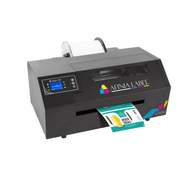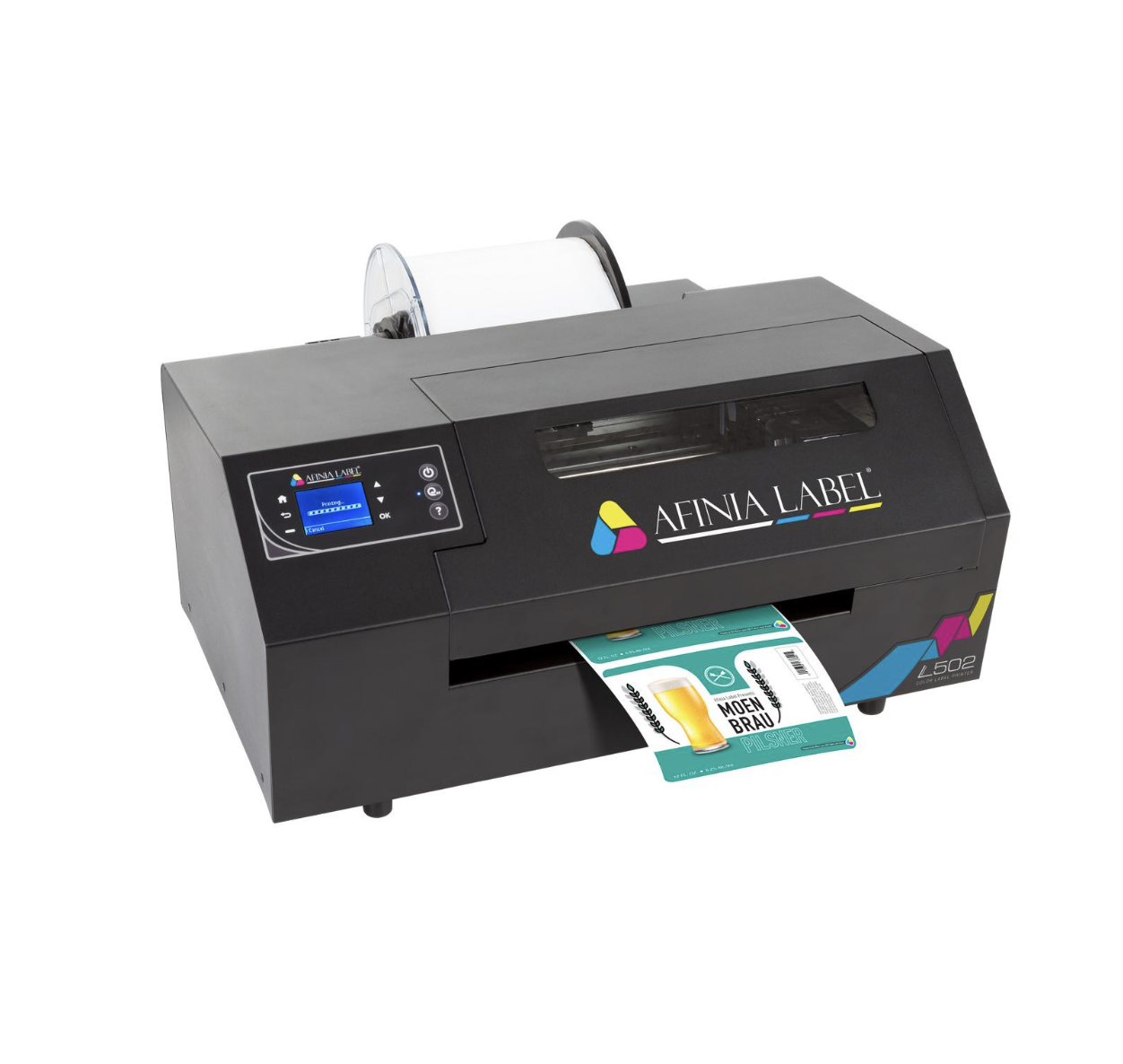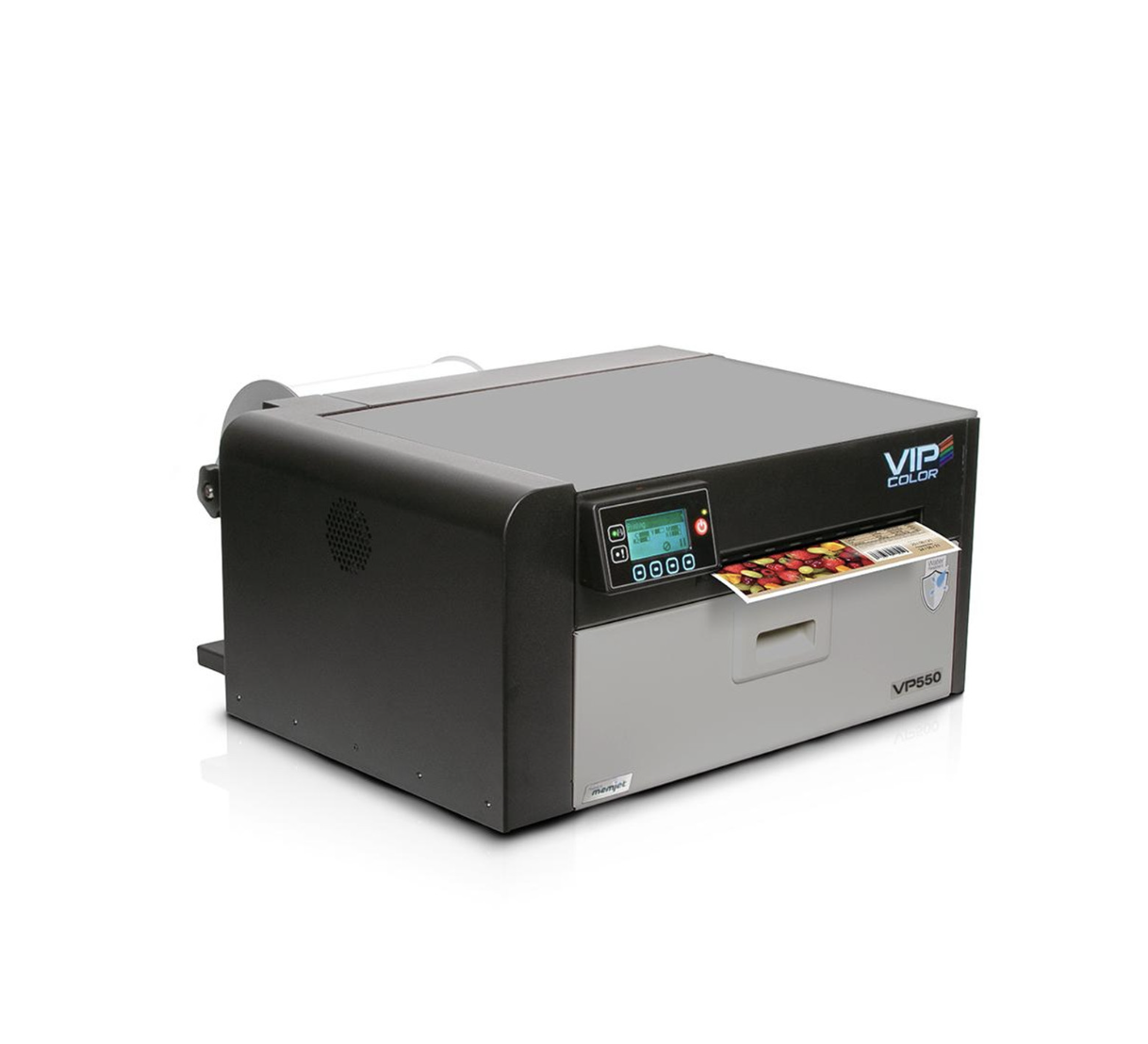How to Create Nutrition Labels: A Step-by-Step Guide
11th Jul 2025
Navigating the labyrinth of regulatory requirements to produce accurate nutrition labels and nutritional labels can seem challenging. But don't fret! Designing these labels can actually be broken down into simple steps that any food manufacturer can follow. Nutrition labels aren't just mandatory additions to packaging; they play an integral role in guiding consumers toward healthier food choices.
By properly labeling your product, you enable the customers to make informed decisions while keeping your business compliant with various health and safety standards. This guide covers everything you need to know about how to create nutrition labels and the best resources for doing the same.
What is a Nutrition Label?
A nutrition label is a standardized panel found on packaged food and beverage products that provides detailed information about the product’s nutritional content, including essential macronutrients like carbs. It's designed to help consumers make informed dietary choices by clearly listing:
-
Serving size and servings per container
-
Calories per serving
-
Macronutrients: fat (including saturated and trans fats), carbohydrates (including fiber and sugars), and protein
-
Micronutrients: key vitamins and minerals like Vitamin D, calcium, iron, and potassium
-
% Daily Value (%DV): shows how much a nutrient in one serving contributes to a daily diet, based on a 2,000-calorie intake
In many countries, including the U.S., nutrition labels are regulated by government agencies (like the FDA) to ensure consistency and accuracy. They’re especially important for people managing health conditions (like diabetes or heart disease), tracking calories or macronutrients, or trying to maintain a balanced diet.
How to Create Your Nutrition Label?
Creating a nutrition label involves several key steps, from gathering accurate data to formatting it according to regulations.
Collecting Nutritional Data for Your Products
To begin, gather accurate nutritional data for each ingredient, including cranberries, in your product. You can do this in three main ways:
-
Use a nutritional database: Free options like USDA’s FoodData Central or commercial software such as ESHA Genesis allow you to input ingredients and generate nutritional profiles.
-
Send your product to a lab: Accredited food testing laboratories can analyze your product for precise nutritional values. This is recommended for unique formulations, processed foods, or regulatory compliance.
-
Calculate manually using a recipe formulation: If you know the exact weight and breakdown of each ingredient, you can use spreadsheet formulas or software to calculate total nutrients per serving.
Make sure you're calculating based on the edible portion of the food, considering moisture loss or gains due to cooking, freezing, or drying.
Understanding FDA Regulations for Nutrition Labels: The Location, Layout, and Allowable Fonts
Once you have your nutritional data, formatting the nutrition fact panel correctly is essential to meet FDA guidelines. Here’s what’s required:
Label Placement
The Nutrition Facts panel must be placed on the outer packaging where it is easy to find. Typically, it’s located on the back or side panel of the product, adjacent to the ingredient list and manufacturer details.
Layout and Format
The label must follow the standard FDA Nutrition Facts format, including:
-
A bold “Nutrition Facts” title at the top
-
Information presented in a vertical box format, unless the package is too small (then a linear format is allowed)
-
Serving size and servings per container at the top, followed by calories and nutrient breakdowns
-
Rounded values to match FDA rounding rules
Fonts and Design Requirements
-
Only legible, easy-to-read fonts like Helvetica or Arial are allowed
-
Font size must be no smaller than 6-point type
-
All text must appear in black or one color type on a white or neutral background
-
Bold lines are required to separate sections like calories and nutrients
Step-by-Step Process to Create a Nutrition Label
Creating a compliant and accurate nutrition label involves more than just listing the number of calories. From defining serving sizes to formatting layout and legal disclaimers, each step plays a role in meeting FDA standards and earning consumer trust. Here’s how to build your label from start to finish.
Step 1: Determining Serving Size and Servings Per Container
Start by identifying a realistic serving size based on how consumers typically eat your product. Use FDA’s Reference Amounts Customarily Consumed (RACC) as a guideline.
Once the serving size is established, divide the total product amount by the serving size to calculate how many servings are in each package.
Step 2: Calculating Nutrients and Daily Values
Using ingredient data or lab analysis, calculate the total nutrients per serving. This includes:
-
Calories
-
Total fat (with breakdowns for saturated and trans fats)
-
Cholesterol
-
Sodium
-
Total carbohydrates (including fiber and total sugars)
-
Protein
-
Key vitamins and minerals (such as Vitamin D, calcium, iron, and potassium)
Next, calculate the Percent Daily Values (%DV) for each nutrient based on a 2,000-calorie diet, using FDA-provided reference values.
Step 3: Designing the Label Format
Format your data according to FDA’s standard Nutrition Facts panel layout.
Key formatting rules include:
-
Use a vertical format unless your package is too small
-
Use approved fonts (such as Helvetica or Arial)
-
Font size must be at least 6 points
-
Use bold lines to separate sections (e.g., calories from nutrients)
Step 4: Including Additional Information (Allergens, Claims)
Add required allergen declarations under or near the ingredient list, identifying any of the top nine major allergens (e.g., milk, eggs, wheat, soy, peanuts).
If you’re making health or nutrient content claims—like “high in fiber” or “low sodium”—ensure they meet FDA criteria for wording, thresholds, and scientific substantiation.
What Are the Tools and Resources for Creating Nutrition Labels?
Creating a professional nutrition label requires more than just calculations — you need the right tools, like a nutrition label generator, to ensure accuracy, compliance, and print quality. Whether you're labeling in-house or preparing files for a co-packer, these resources can streamline the process from data input to full-color printed labels.
Using Nutrition Label Software
BarTender Cloud Essentials is an excellent software solution for small to mid-sized food businesses. It offers an intuitive, template-based interface that allows you to design compliant Nutrition Facts panels quickly and easily.
BarTender Cloud Essentials 2 Printer Annual Subscription
-
Cloud-based access with no software installation needed
-
Easy drag-and-drop label designer with FDA-compliant Nutrition Facts templates
-
Supports integration with Excel or databases for dynamic labeling
-
Ideal for companies managing multiple products or SKUs
Leveraging USDA Database for Accurate Data
Before designing your label, you’ll need reliable nutritional information. The USDA’s FoodData Central is a trusted, publicly available resource that provides detailed nutrient profiles for thousands of ingredients.
-
Access raw, processed, and branded food data
-
Useful for formulation-based calculations
-
Export nutrient data for use in label software
-
Updated regularly with new food data entries
Leading Color Label Printers
For businesses printing their own nutrition labels, high-quality color label printers ensure clarity, compliance, and shelf appeal. These printers are ideal for producing waterproof, smudge-resistant labels in-house — perfect for food, beverage, and supplement products. Below are three top label printing solutions used by food manufacturers and co-packers.
1. Afinia L502 Inkjet Color Label Printer
The Afinia L502 is one of the best color label printers, built for durability and flexibility. It’s especially useful for companies that need to switch between vibrant retail labels and rugged, moisture-resistant packaging.
-
Dual-ink capability: dye-based for vibrant colors, pigment-based for durability
-
Great for small- to mid-sized production runs
-
Prints on a wide range of label materials including waterproof stock
-
Compatible with BarTender and other label design software
-
Comes with built-in cutter for easy finish
Pros:
-
Interchangeable dye and pigment inks for versatile label types
-
Durable industrial-grade construction
-
Prints labels up to 8-inch wide
-
Supports multiple label materials
-
Four separate CMYK cartridges reduce ink waste and reduce ink cost
-
Provides best value for color label printer for small business
-
Low initial cost of only $2795 USD
-
Can print label widths from 1 inch to 8 inch wide
-
USB and Ethernet connectivity
Cons:
-
Print speed at 1200 dpi is about 1 ips
-
No Wifi or wireless connectivity options
-
Small ink cartridges can require more ink changes
2. VIPColor VP550 Inkjet Color Label Printer Featuring Memjet Technology
The VIPColor VP550, priced at USD $4,495.00, is designed specifically for businesses that require durable, waterproof labels—perfect for products stored in coolers, fridges, or humid environments.
-
Dye ink system designed for water- and smear-resistant labels
-
Excellent for refrigerated or high-humidity environments
-
Fast print speeds and high-resolution output
-
Durable labels ideal for food, beverages, and nutraceuticals
-
Simple operation with low maintenance
Pros:
-
High-quality color printing with vibrant output
-
Can print labels up to 8 inches wide
-
Compact design suitable for small workspaces
-
Supports various inkjet label materials including synthetic stocks
-
User-friendly interface and easy setup
-
Cost-effective for low to medium volume printing
-
Fast print speed at 8 ips or 6 ips at 1600 dpi print resolution
-
Five large 200ml CMYKK separate ink cartridges
Cons:
-
Limited durability for heavy-duty or outdoor labels(Unable to produce labels compliant with GHS BS5609 standards).
-
Offers one of the lowest ink costs thanks to its high-capacity 200ml ink cartridges.
-
Needs a minimum 2-inch-wide label media
3. Primera LX500 Inkjet Color Label Printer
Compact and user-friendly, the Primera LX500, priced at USD $1,799.00, is a great choice for small businesses, startups, or brands needing short-run label printing with professional-quality output.
-
Compact and cost-effective option for short-run labeling
-
Uses dye-based inks for sharp, photo-quality prints
-
Supports a wide variety of label sizes and shapes
-
Easy to use, ideal for startups or test runs
-
USB connectivity only
Pros:
-
4800 dpi High-quality color printing with sharp detail
-
Compact and user-friendly design
-
Supports a variety of label materials
-
Affordable for small to medium volume printing
-
Easy setup and operation
Cons:
-
Slower print speeds compared to industrial models
-
Limited maximum media width (up to 4 inches)
-
Ink can be expensive over time (single CMY tricolor cartridge)
-
Not ideal for high-volume or heavy-duty label production
Why Choose Omega Brand Label Printers?
At Omega Brand, we specialize in delivering reliable, high-quality label printing solutions designed to power your business. Whether you’re producing nutrition labels, product tags, or shipping labels, Omega Brand printers combine precision, durability, and ease of use to keep your operations running smoothly.
What Makes Omega Brand Stand Out:
-
Cutting-Edge Printing Technology: Crisp, vibrant color and sharp text for professional-grade labels every time.
-
User-Friendly Design: Intuitive interfaces and versatile software compatibility mean less downtime and faster turnaround.
-
Built for Durability: Our printers are engineered to handle everything from small batches to high-volume runs without sacrificing quality.
-
Versatile Media Support: Print on a wide range of label materials, including waterproof and weather-resistant stocks.
-
Outstanding Customer Support: Dedicated technical assistance ensures you get the most out of your printer with minimal hassle.
Choose Omega Brand to streamline your labeling process and enhance your brand’s packaging — because every label counts. Book a free call now.
Conclusion
Creating accurate nutrition labels is no longer an insurmountable challenge. By understanding regulations, meticulously collecting nutritional information, and making use of reliable label generators like ReciPal and Avery, you can meet compliance and offer transparency to your consumers. Not only does this protect your business from potential legal complications but also helps boost brand integrity and customer trust. By reminding yourself of the importance of clear and precise labeling, you can contribute positively towards promoting healthier food choices.
Frequently Asked Questions
What are the most common mistakes in creating nutrition labels?
Common mistakes include incorrect serving sizes, inaccurate nutrient calculations, missing or incomplete allergen information, and improper formatting that doesn’t comply with FDA guidelines. Using outdated data or failing to update labels when formulations change are also frequent errors.
How often should nutrition labels be updated?
Nutrition labels should be updated whenever there is a change in the product recipe, ingredient sourcing, or serving size. Additionally, labels must be reviewed regularly to stay compliant with the latest scientific information and FDA regulations, which may be updated periodically.
Can I create a nutrition label for homemade products?
Yes, you can create nutrition labels for homemade products, but accuracy is crucial for food entrepreneurs. You should carefully calculate the nutritional content using reliable databases or lab testing and format the label to meet regulatory standards if you plan to sell your products commercially.
Are there penalties for incorrect nutrition labeling?
Yes, the FDA can issue warnings, fines, or product recalls for incorrect or misleading nutrition labels. Non-compliance can also damage your brand’s reputation and lead to legal liabilities, so accuracy and compliance are essential.
What’s the best way to ensure compliance with FDA guidelines?
The best way to ensure compliance is to stay informed about current FDA labeling requirements, use trusted nutrition analysis methods or lab testing, apply proper label formatting, and consider consulting with labeling experts or regulatory professionals. Regular audits and updates help maintain compliance over time.



